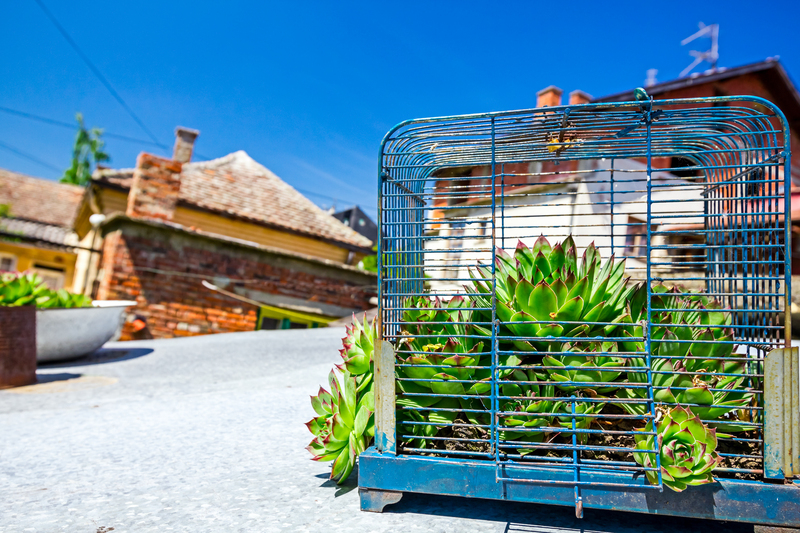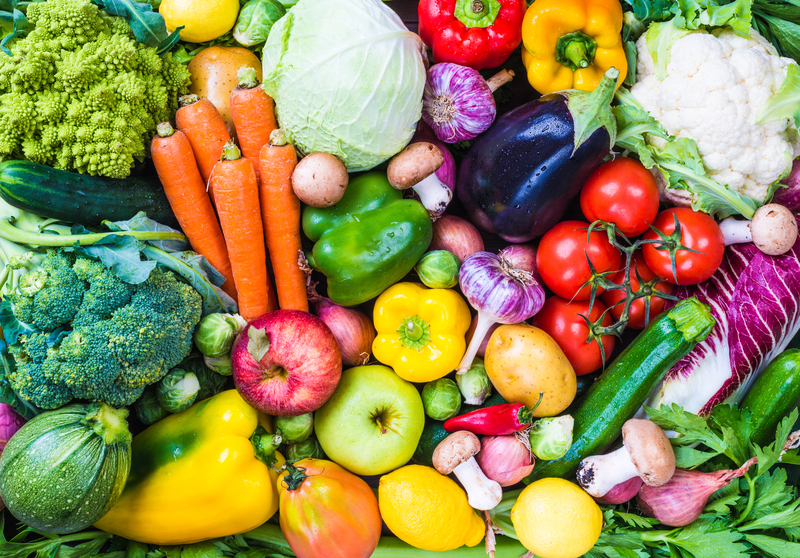Perfect Plants for Shade
Posted on 26/08/2025
Gardening in shaded areas can be a challenge, but with the right plant choices, you can create a lush, verdant haven full of life and beauty. Shaded areas might not get as much sunlight, but they still provide an ideal environment for many types of plants that thrive in limited light conditions. In this article, we'll explore the best plants for shaded areas, provide tips for selecting the right greenery, and delve into the pros and cons of gardening in the shade.
Why Shade-Loving Plants?
Shade-loving plants have evolved to grow under larger trees, in forest underbrush, or other low-light environments. These plants often have broad leaves that are capable of capturing sparse rays of sunlight, making them well-suited for shaded corners of your garden. Whether you're dealing with partial shade or full shade, there's a plant variety that can bring vibrancy and beauty to your outdoor space.

Top Shade-Loving Plants
1. Hostas
Hostas are a popular choice for shade gardens due to their lush foliage and varied textures. They come in various shades of green, blue, and even yellow, adding a dynamic aesthetic to shaded spots.
2. Ferns
Ferns thrive in moist, shaded areas and offer fine, feathery foliage that adds a delicate touch to any garden. Species like the Japanese Painted Fern offer striking colors that can brighten up even the darkest corners.
3. Heucheras (Coral Bells)
Known for their vibrant, ruffled leaves, Heucheras bring a burst of color to shaded gardens. They range in color from deep purples to bright oranges and offer year-round interest.
4. Astilbes
Astilbes are excellent for adding texture and color to shaded areas. Their plume-like flowers can range in color from white to deep red and are very resistant to pests and diseases.
5. Begonias
Begonias are versatile plants that can thrive in both pots and in the ground. They offer vibrant flowers and rich foliage, making them ideal for adding pops of color in low-light conditions.
Tips for a Successful Shade Garden
1. Soil Quality: Make sure you have well-draining soil enriched with organic matter. Shaded areas often have compacted soil, so loosening it up can help.
2. Moisture Management: Shaded areas can retain moisture differently. Some places can be too dry, while others might be too wet. Choose plants according to the specific moisture conditions of your shaded garden.
3. Layering Plants: Create visual interest by layering plants of different heights and textures. This can emulate the natural layering found in forests.
4. Regular Pruning: Pruning plants, especially top canopy trees and shrubs, allows filtered light to reach underplants, promoting healthier growth.
5. Mulching: Mulching can help retain soil moisture and keep roots cool, which is beneficial for shade-loving plants.
Pros and Cons of Shade Gardening
Pros:
- Lower Water Requirements: Shade-loving plants generally require less watering.
- Reduced Heat Stress: These plants are less affected by heatwaves since they are naturally shielded from direct sunlight.
- Extended Bloom Time: Some variety of plants in shaded gardens tend to bloom for longer periods compared to those in full sun.
Cons:
- Limited Plant Variety: Not all plants can thrive in the shade, limiting your choices.
- Risk of Mold and Mildew: Shady areas with poor air circulation can develop mold or mildew problems.
- Slow Growth: Plants in shaded areas often grow more slowly due to limited sunlight.

Takeaways
Gardening in shaded areas might come with its set of challenges, but it also offers unique opportunities to create a cool, serene oasis. By choosing the right shade-loving plants, enriching your soil, and maintaining proper moisture levels, you can cultivate a garden that's not only beautiful but also relatively low-maintenance. Understanding the pros and cons of shaded gardening can help you plan better and troubleshoot effectively.
Conclusion
Gardening in the shade is an art that requires careful selection of plants and attentive care. With a plethora of beautiful shade-loving plants to choose from, you can transform any dull, shaded area into a vibrant, inviting space. While shaded gardens may present unique challenges, the benefits such as lower water needs and reduced heat stress make them an appealing option for many gardeners. Armed with the right knowledge, tools, and plant varieties, your shaded garden can become a lush, tranquil retreat.
In essence, gardening in shaded areas opens up a world of possibilities for design and creativity. So, start exploring, get planting, and watch your garden flourish in the shadows.




